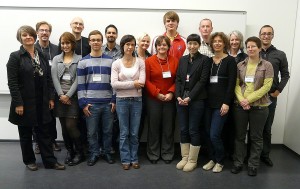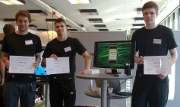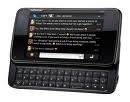![]() DTU student Thor Riisbjerg Hedegaard won the Roskilde Festival developer competition with his concept ”Roskilde Hook Up”, which includes an app allowing festival participants to “hook up” with other camps or participants.
DTU student Thor Riisbjerg Hedegaard won the Roskilde Festival developer competition with his concept ”Roskilde Hook Up”, which includes an app allowing festival participants to “hook up” with other camps or participants.
More information about the announcement of winners at the Roskilde Festival website.














